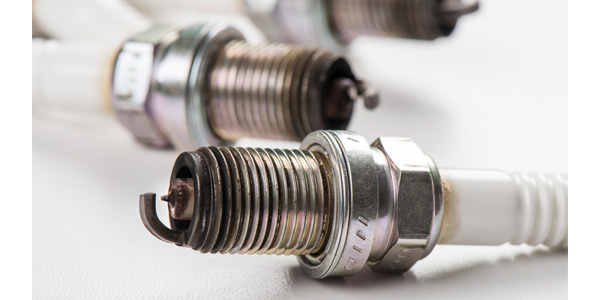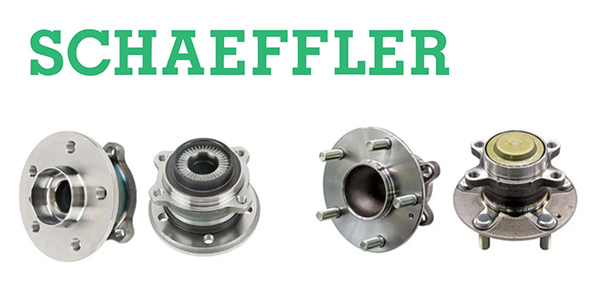
Replacement spark plugs made of high-quality metals such as platinum or iridium can last 100,000 miles or more in many cases, while standard spark plugs are only good for about 40,000 miles. But the extended life of premium plugs doesn’t always ring true in real-life driving, where conditions may not be optimal for achieving the promised results.
Long-life spark plugs, such as those made from platinum and iridium, perform at a lower heat range than copper spark plugs. Standard copper plugs are less conductive and tend to overheat in the high-temperature combustion chambers in today’s direct-injection engines. Iridium’s melting point is approximately 2,450 F (some claims are as high as 4,000 F), which is more than platinum. However, the overall longevity of these metals is far better than copper plugs.
Spark plug problems may be due to a variety of reasons. Since spark plugs are continually firing as the engine is running, they eventually wear out. But certain conditions can cause plugs to wear out faster than usual.
Some signs that spark plugs or ignition wires should be serviced or replaced are if the engine idles rough or is hard to start, misfires, surges or hesitates, has poor fuel consumption or lacks acceleration. If your customer complains about some of these conditions, it might be time for a new set of plugs. Many people don’t realize that a simple set of new plugs also can make a noticeable difference in performance and fuel economy. But there also could be other underlying causes of premature spark plug wear.
Carbon buildup can be another cause for a plug to go bad, as can a cracked distributor case or coil. Other symptoms that can lead to early failure include a dirty fuel injector, a too lean or too rich fuel mixture or a clogged air-filter element, just to name a few. These conditions can allow carbon to build up on spark plugs and quickly cause them to foul or lose spark intensity.
As the electrodes wear, the voltage needed to fire the plugs continues to increase and eventually will lead to a misfire and a “Check Engine” light illuminated on the dash. Plug life can be shortened by regularly driving on short trips and idling for long periods of time. Worn valve guides or piston rings can lead to fouling problems, requiring more frequent spark plug changes. Only change plugs when the engine is cold or slightly warm to the touch, to avoid damaging the threads in the spark plug holes.
Spark plugs don’t have to have the same electrode configuration as the original plugs. However, replacement plugs should have the same thread diameter, pitch and length, same type of seat and same reach into the combustion chamber. Always follow the application listings to make sure your customers get the correct replacement plugs.
Most spark plug manufacturers pre-gap their plugs, but customers should be aware that it may not be set for their application. It’s always a good idea to check the gap before installation. Plug performance relies on good ignitability and “sparkability.” The goal of spark plug manufacturers is to make the electrode as fine as possible, which is why we see the trend toward smaller electrodes – as fine as 0.4 millimeters in some cases.







